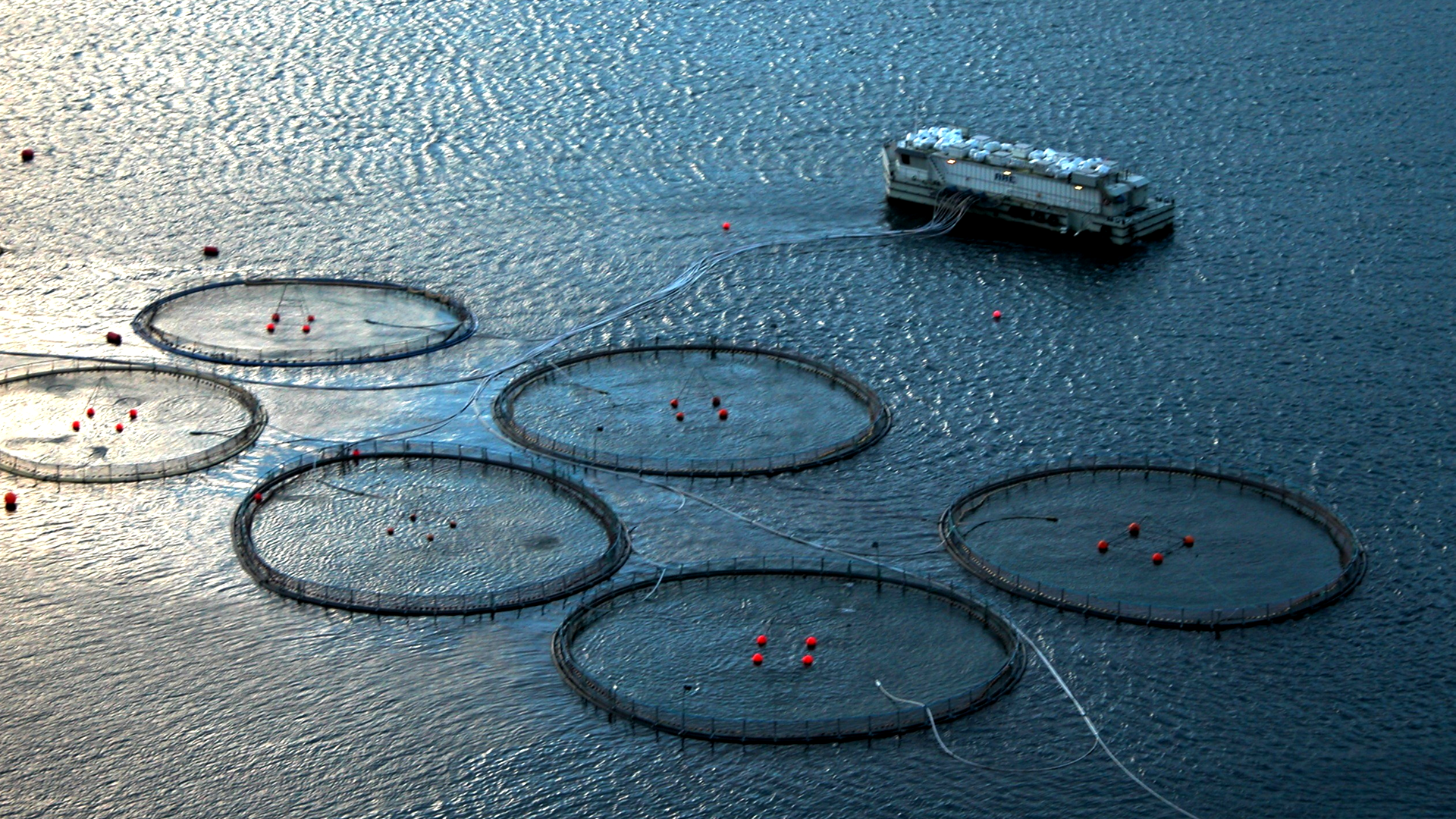Bad for the environment and bad for you. Could one country’s ban on salmon farming set an example for others?
The global appetite for salmon is insatiable.
As high protein diets become the norm thanks to health conscious trends like the keto diet, and Western takes on Japanese sushi make raw fish more palatable for the masses, this vitamin-rich food has become a dinnertime staple for many.
However, wild salmon populations are not abundant, existing in very few parts of the Northern Atlantic and Pacific oceans.
In order to satisfy the market demand – currently worth £12 billion – industrial salmon farms have become the primary source of fillets we see in local supermarkets and restaurants.
Scotland, Norway, Chile, and Canada have all jumped on salmon farming to earn a pretty penny in the fishery business. However, financial gain comes at a great cost to local ecosystems and the welfare of salmon populations themselves.
Blocking pending plans to open the nation’s first salmon farm, a preventative bill was introduced in Argentina’s southernmost province. It marks the world’s first ban on salmon farming due to its negative consequences on the surrounding marine environment and local economy.
Argentina has learned from the recent mistakes of its neighbouring country, Chile, where over 6,000 tonnes of salmon died right inside their nets. The waste from the masses of fish caused an excessive surge in blooms of algae, which absorbed large amounts of oxygen in the water – essentially suffocating fish across 18 farm sites.
But algal blooms aren’t the only threat to raising salmon this way. In truth, the environments in which farmed salmon are kept are the real problem.
https://www.youtube.com/watch?v=xNypmawFLdI&ab_channel=LizzieDalyWildlifeTV





















